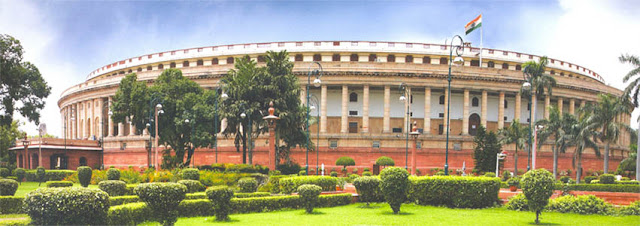Item code: 89/IN-13
The
Security Printing and Minting Corporation of India Limited (SPMCIL) prints the
notes. It is a wholly owned company of the Government of India. Its printing
presses are located at Nasik (Maharashtra) and Dewas (Madhya Pradesh). Apart
from that, the Bharatiya Reserve Bank Note Mudran Pvt. Ltd. (BRBNMPL), a wholly
owned subsidiary of the Reserve Bank, also has set up printing presses. The
presses of BRBNMPL are located at Mysore in Karnataka and Salboni in West
Bengal. Security Printing and Minting Corporation of India Limited (SPMCIL) has
4 mints for coin production located at Mumbai, Noida, Kolkata and Hyderabad.
Parliament House
Orange Note
After
25 years of Independence, India released its first 20 Rupees notes. The note is
in orange colour and features parliament house on the observe. It is signed by
then RBI Governor, S Jagannathan.
Year
|
1970-1975
|
Obverse
|
Shield shaped window for Ashoka Emblem as watermark on
the left side. The emblem in ink on the right side. The value 20 written in
center with the governor’s signature below.
|
Reverse
|
Parliament House; 13 languages in language panel.
|
Watermark
|
Lion Capital of Asoka Pillar
|
Size
|
147x63 mm.
|
Signature
|
S. Jagannathan (Governor, 1970-1975)
|
Obverse description:
About Governor
Sarukkai Jagannathan
Sarukkai Jagannathan (b 18 May 1914 - d 1996) was the tenth Governor of the Reserve Bank of India from 16 June 1970 to 19 May 1975.Educated at the Presidency College, Madras, Jagannathan was a member of the Indian Civil Service, and had served with the Central Government. Prior to becoming the Governor of the RBI, he was India's Executive Director at the World Bank.
The oil shock of the 1970s was re-elected by a very active monetary policy during his tenure. Other achievement include an expansion of banking offices in pursuance of the objectives of the nationalisation of private banks.
The Credit Guarantee Corporation of India, and State Level Bankers' Committees were established during his tenure. Indian Rupee notes of 20 and 50 denomination were introduced, and these bore his signature. He relinquished office to take up the post of the India's Executive Director at the International Monetary Fund.
Locations of Note Printing Presses
Wrong Kashmiri language written at the back.
Differentiating between
Wrong and Right Kashmiri: Look at the language
pannel in the back of the note. The Kashmiri is on line 5. Notice the first set
of characters.
Parliament of India
The Parliament of India is the supreme legislative body of the Republic of India. The Parliament is composed of the President of India and the houses. It is bicameral with two houses: Rajya Sabha (Council of States) and the Lok Sabha (House of the People). The President in his role as head of legislature has full powers to summon and prorogue either house of Parliament or to dissolve Lok Sabha. The president can exercise these powers only upon the advice of the Prime Minister and his Union Council of Ministers.







No comments:
Post a Comment